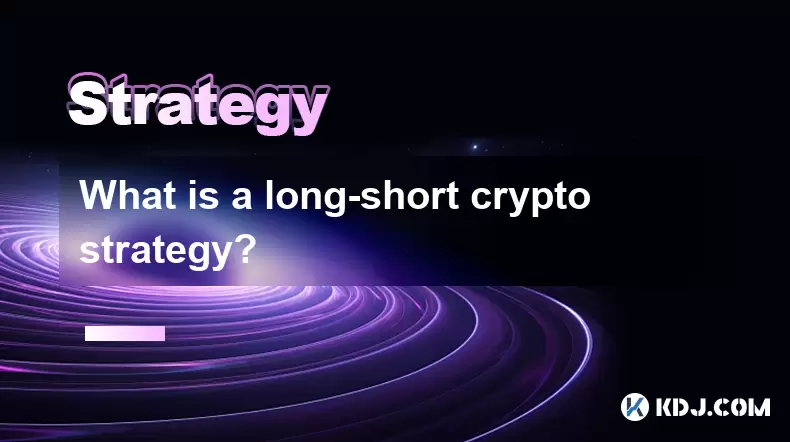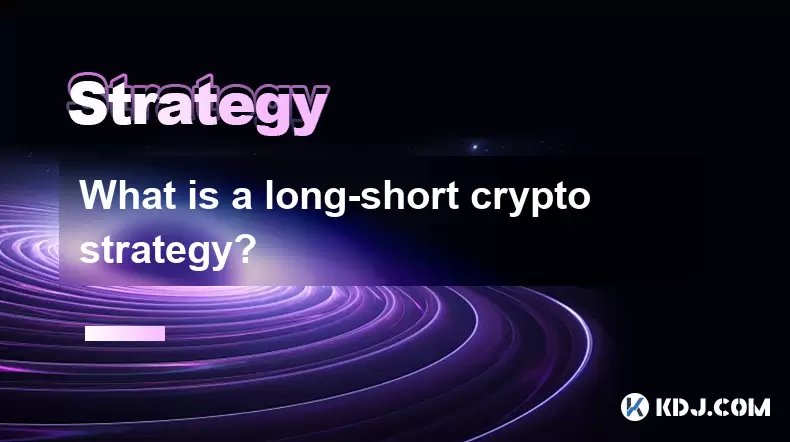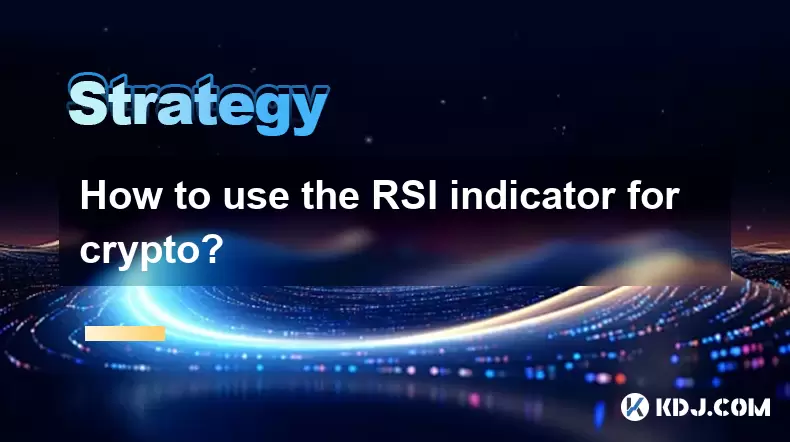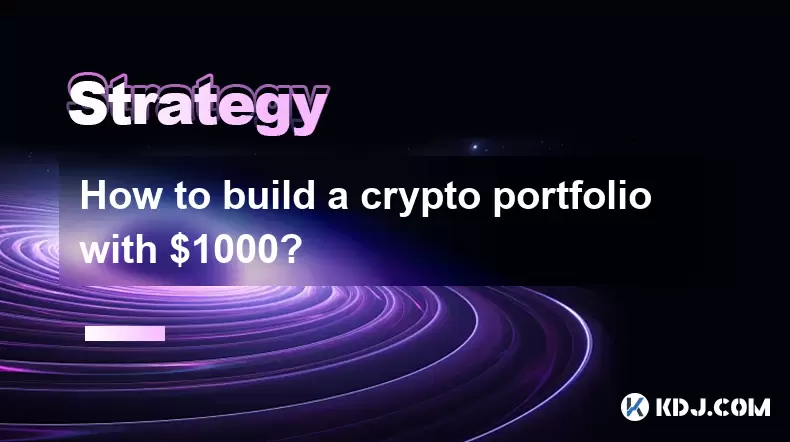-
 Bitcoin
Bitcoin $117600
0.36% -
 Ethereum
Ethereum $3746
1.65% -
 XRP
XRP $3.139
0.18% -
 Tether USDt
Tether USDt $1.000
-0.06% -
 BNB
BNB $782.4
1.75% -
 Solana
Solana $186.1
1.97% -
 USDC
USDC $0.9999
-0.03% -
 Dogecoin
Dogecoin $0.2367
2.84% -
 TRON
TRON $0.3175
0.98% -
 Cardano
Cardano $0.8216
1.56% -
 Hyperliquid
Hyperliquid $44.21
4.61% -
 Sui
Sui $3.966
7.52% -
 Stellar
Stellar $0.4353
2.79% -
 Chainlink
Chainlink $18.38
3.81% -
 Hedera
Hedera $0.2646
10.37% -
 Bitcoin Cash
Bitcoin Cash $557.3
6.11% -
 Avalanche
Avalanche $24.09
2.15% -
 Litecoin
Litecoin $113.4
2.02% -
 UNUS SED LEO
UNUS SED LEO $8.990
0.05% -
 Shiba Inu
Shiba Inu $0.00001403
3.81% -
 Toncoin
Toncoin $3.212
3.22% -
 Ethena USDe
Ethena USDe $1.001
-0.03% -
 Uniswap
Uniswap $10.52
4.94% -
 Polkadot
Polkadot $4.112
2.86% -
 Monero
Monero $324.6
-2.58% -
 Dai
Dai $0.0000
-0.03% -
 Bitget Token
Bitget Token $4.570
0.40% -
 Pepe
Pepe $0.00001261
4.01% -
 Aave
Aave $297.4
3.33% -
 Cronos
Cronos $0.1322
3.24%
Du débutant au maître: un guide d'apprentissage complet pour l'analyse du graphique Crypto K-Line
Les graphiques K-line révèlent les tendances des prix de la cryptographie grâce à des modèles de chandelles comme les marteaux et les formations engloutissant, aidant les commerçants à repérer les inversions et le sentiment du marché.
Jun 10, 2025 at 11:36 pm

Comprendre les bases des graphiques K-Line
Les graphiques K-line, également connus sous le nom de graphiques de chandeliers, sont un outil fondamental dans le trading des crypto-monnaies. Originaires du Japon, ces graphiques fournissent des informations détaillées sur les mouvements des prix sur des intervalles de temps spécifiques. Chaque ligne K représente quatre points de données clés: le prix d'ouverture, le prix de clôture, le prix le plus élevé et le prix le plus bas au cours d'une période donnée. Le corps de la bougie indique la plage entre l'ouverture et la fermeture, tandis que les mèches (ou ombres) montrent les extrêmes hauts et bas.
Pour les débutants, il est crucial de reconnaître la différence entre les bougies haussières et baissières. Une bougie haussière , typiquement couleur verte ou blanche, se forme lorsque le prix de clôture est plus élevé que le prix d'ouverture. À l'inverse, une bougie baissière , généralement rouge ou noire, apparaît lorsque le prix de clôture est inférieur au prix d'ouverture. Comprendre ces signaux visuels aide les commerçants à interpréter le sentiment du marché en un coup d'œil.
Identification des modèles de ligne K communs
Une fois que vous êtes à l'aise avec la structure de base des graphiques K-Line, l'apprentissage des modèles communs devient essentiel. Ces modèles peuvent indiquer des inversions ou des continuations potentielles des tendances des prix. Certains modèles largement reconnus comprennent:
- Hammer : un seul modèle de chandelier qui suggère une inversion potentielle d'une tendance à la baisse. Il a un petit corps près du sommet et une longue mèche inférieure.
- Star de tir : en face du marteau, ce motif apparaît à la fin d'une tendance à la hausse et présente un petit corps près du fond avec une longue mèche supérieure.
- Modèle engloutissant : il se compose de deux bougies où la deuxième bougie engloutit complètement le premier, signalant un éventuel renversement de tendance.
- Doji : représente l'indécision sur le marché. Il se produit lorsque les prix d'ouverture et de clôture sont presque égaux, formant une forme croisée.
Reconnaître ces modèles tôt peut aider les traders à prendre des décisions plus éclairées sur les points d'entrée et de sortie.
Lire le volume aux côtés des graphiques en K
Le volume joue un rôle essentiel dans la validation des modèles de ligne K et des mouvements de prix. Un volume élevé lors d'une bougie particulière confirme souvent la force derrière un mouvement. Par exemple, si un motif engloutissant haussier se forme sur un graphique avec un volume inhabituellement élevé, il augmente la probabilité d'un renversement réussi.
Les commerçants doivent rechercher des confluence entre les pointes de volume et les formations de chandelles importantes. Un faible volume au cours de ce qui semble être un mouvement fort peut suggérer une faiblesse de la tendance. Des outils tels que des barres de volume ou des indicateurs de volume sur l'équilibre (REBR) peuvent être utilisés aux côtés de l'analyse en K pour améliorer la précision de la prise de décision.
Il est également important de noter les divergences entre le volume et le prix. Si le prix augmente mais que le volume est en baisse, il pourrait signaler que le rallye perd de l'élan.
Combiner l'analyse en K-line avec des indicateurs techniques
Alors que les graphiques K-Line offrent des informations précieuses, les combinaison avec des indicateurs techniques peut améliorer leur fiabilité. Les indicateurs populaires qui complètent l'analyse des chandeliers comprennent:
- Moyennes mobiles (MA) : Aidez à identifier la direction de la tendance. Lorsqu'une bougie se ferme au-dessus d'une moyenne mobile clé , elle pourrait signaler une continuation de la tendance à la hausse.
- Indice de résistance relative (RSI) : mesure les conditions excessives ou surventées. Un schéma de ligne K haussier apparaissant lorsque RSI est inférieur à 30 peut augmenter la probabilité d'un renversement.
- Bollinger Bands : Afficher la volatilité et les zones d'inversion potentielles. Les bougies touchant ou sortent des bandes peuvent servir de signaux commerciaux lorsqu'ils sont combinés avec des modèles en K.
L'utilisation de plusieurs outils ensemble crée un cadre analytique plus robuste. Cependant, il est essentiel de ne pas surcharger vos graphiques avec trop d'indicateurs, ce qui peut entraîner une confusion et des signaux contradictoires.
Pratiquer la gestion des risques avec des signaux K-Line
Même les signaux K-Line les plus précis peuvent échouer sans une gestion des risques appropriée. La définition des commandes d'arrêt basées sur les structures de chandelles aide à protéger le capital. Par exemple, placer un arrêt juste en dessous du plus bas d'un motif de marteau assure des pertes limitées si l'inversion attendue ne se matérialise pas.
Le dimensionnement de la position doit également s'aligner sur le niveau de confiance de la configuration de la ligne K. Des schémas plus forts soutenus par le volume et d'autres indicateurs peuvent justifier des positions plus importantes, tandis que les signaux ambigus justifient des métiers plus petits ou aucune action.
De plus, tenir un journal commercial pour enregistrer chaque échange basé sur la ligne K permet une amélioration continue. La révision des métiers antérieurs aide à identifier efficacement les forces et les faiblesses dans l'application de l'analyse des chandeliers.
Questions fréquemment posées (FAQ)
Quel est le meilleur laps de temps pour analyser les graphiques K-Line dans le trading cryptographique?
Le délai idéal dépend de votre style de trading. Les traders de jour utilisent souvent des cartes de 1 minute à 15 minutes , tandis que les traders swing préfèrent 1 heure aux cartes quotidiennes . Les délais plus élevés offrent généralement des signaux plus fiables en raison de la réduction du bruit et de l'augmentation du volume.
Les modèles K-Line peuvent-ils fonctionner sur différentes crypto-monnaies?
Oui, les modèles K-Line s'appliquent universellement sur tous les actifs négociables, y compris diverses crypto-monnaies. Cependant, les différences de liquidité peuvent affecter la fonctionnalité de ces modèles de manière fiable. Les pièces majeures comme Bitcoin et Ethereum ont tendance à suivre la logique des chandeliers plus cohérente que les altcoins moins connus.
Comment faire la distinction entre un véritable renversement de la ligne K et un faux?
Une véritable inversion est souvent soutenue par un volume élevé , une confirmation des autres indicateurs et un suivi dans les bougies suivantes. Les faux manquent généralement de support de volume et ne maintiennent pas le prix au-delà des niveaux clés. Attendez toujours une confirmation supplémentaire avant d'agir sur un signal d'inversion.
Est-il nécessaire d'apprendre une analyse technique occidentale avec les graphiques K-Line?
Bien que les graphiques K-line soient puissants seuls, l'intégration d'outils d'analyse technique occidentale comme les lignes de tendance, les niveaux de support / résistance et les recoupements de Fibonacci peuvent améliorer considérablement votre stratégie de trading. La combinaison des deux approches offre une vision plus complète de la dynamique du marché.
Clause de non-responsabilité:info@kdj.com
Les informations fournies ne constituent pas des conseils commerciaux. kdj.com n’assume aucune responsabilité pour les investissements effectués sur la base des informations fournies dans cet article. Les crypto-monnaies sont très volatiles et il est fortement recommandé d’investir avec prudence après une recherche approfondie!
Si vous pensez que le contenu utilisé sur ce site Web porte atteinte à vos droits d’auteur, veuillez nous contacter immédiatement (info@kdj.com) et nous le supprimerons dans les plus brefs délais.
-
 CKB Échangez maintenant
CKB Échangez maintenant$0.006250
28.72%
-
 WILD Échangez maintenant
WILD Échangez maintenant$0.3539
24.73%
-
 USELESS Échangez maintenant
USELESS Échangez maintenant$0.3576
23.90%
-
 ENA Échangez maintenant
ENA Échangez maintenant$0.5804
21.26%
-
 KTA Échangez maintenant
KTA Échangez maintenant$0.9002
19.16%
-
 M Échangez maintenant
M Échangez maintenant$0.4047
18.78%
- Révolution des actifs numériques des EAU: les réglementations de stablecoin prennent le devant de la scène
- 2025-07-26 10:40:11
- Drop hebdomadaire virtuelle: analyse de récupération et poussée de confidentialité
- 2025-07-26 08:50:11
- Bitcoin, Cynthia Lummis et Freedom Money: une prise de New Yorker
- 2025-07-26 08:30:11
- Penguins grassouillants, prix de la cryptographie et Buzz en Alts-saison: quel est le battage médiatique?
- 2025-07-26 10:51:48
- Gaintes de crypto, Top 10, semaine 30: Altcoins Bump la tendance
- 2025-07-26 08:55:12
- Solana, Altcoins et Coinbase: Quel est le buzz?
- 2025-07-26 06:30:12
Connaissances connexes

Comment éviter les erreurs d'investissement en cryptographie courantes?
Jul 13,2025 at 01:35am
Comprendre les risques de l'investissement en cryptographie Investir dans la crypto-monnaie peut être très gratifiant, mais il comporte également ...

Qu'est-ce qu'une stratégie cryptographique à long terme?
Jul 15,2025 at 10:56am
Comprendre les bases d'une stratégie cryptographique à long terme Une stratégie de crypto à long terme est une approche d'investissement où le...

Qu'est-ce qu'une stratégie cryptographique à long terme?
Jul 11,2025 at 01:28pm
Comprendre les bases de la stratégie cryptographique à long terme Une stratégie de crypto à long terme est une approche d'investissement où les tr...

Comment utiliser l'indicateur RSI pour la crypto?
Jul 12,2025 at 03:56pm
Comprendre l'indicateur RSI dans le trading des crypto-monnaies The Relative Strength Index (RSI) is a momentum oscillator used to measure the spe...

Le trading de copies est-il une bonne stratégie pour les débutants cryptographiques?
Jul 12,2025 at 08:28am
Comprendre le trading de copie sur le marché des crypto-monnaies Le trading de copies est une stratégie où les commerçants novices reproduisent automa...

Comment construire un portefeuille de crypto avec 1000 $?
Jul 13,2025 at 08:14pm
Comprendre les bases de l'investissement des crypto-monnaies La construction d'un portefeuille de crypto avec 1000 $ commence par la compréhen...

Comment éviter les erreurs d'investissement en cryptographie courantes?
Jul 13,2025 at 01:35am
Comprendre les risques de l'investissement en cryptographie Investir dans la crypto-monnaie peut être très gratifiant, mais il comporte également ...

Qu'est-ce qu'une stratégie cryptographique à long terme?
Jul 15,2025 at 10:56am
Comprendre les bases d'une stratégie cryptographique à long terme Une stratégie de crypto à long terme est une approche d'investissement où le...

Qu'est-ce qu'une stratégie cryptographique à long terme?
Jul 11,2025 at 01:28pm
Comprendre les bases de la stratégie cryptographique à long terme Une stratégie de crypto à long terme est une approche d'investissement où les tr...

Comment utiliser l'indicateur RSI pour la crypto?
Jul 12,2025 at 03:56pm
Comprendre l'indicateur RSI dans le trading des crypto-monnaies The Relative Strength Index (RSI) is a momentum oscillator used to measure the spe...

Le trading de copies est-il une bonne stratégie pour les débutants cryptographiques?
Jul 12,2025 at 08:28am
Comprendre le trading de copie sur le marché des crypto-monnaies Le trading de copies est une stratégie où les commerçants novices reproduisent automa...

Comment construire un portefeuille de crypto avec 1000 $?
Jul 13,2025 at 08:14pm
Comprendre les bases de l'investissement des crypto-monnaies La construction d'un portefeuille de crypto avec 1000 $ commence par la compréhen...
Voir tous les articles

























































































